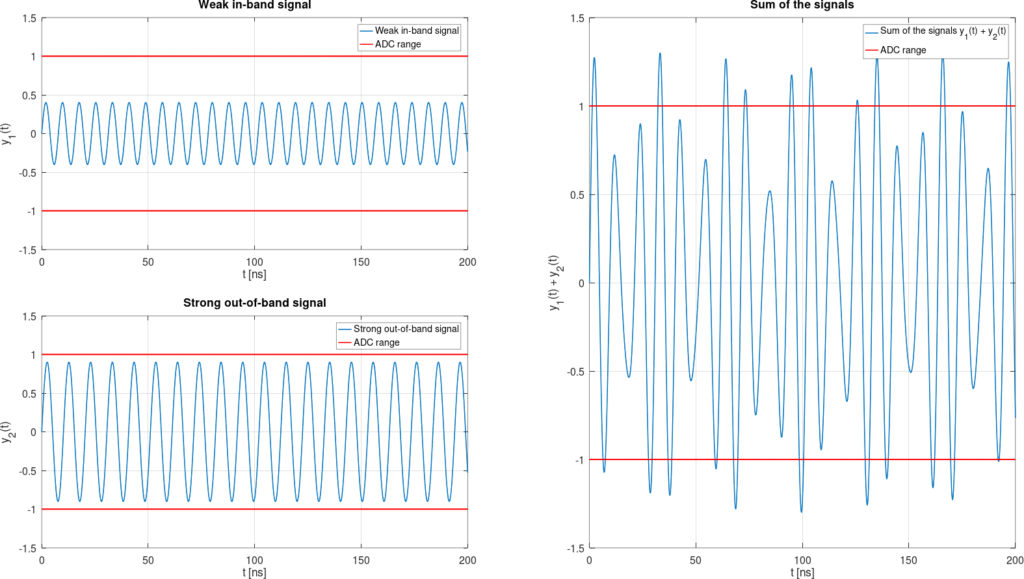In the constantly evolving world of Software Defined Radio (SDR), enthusiasts and professionals alike are embracing the flexibility, affordability, and unparalleled customization that modern SDR platforms provide. Yet amid all the excitement over demodulation software, expandable I/O, and multi-band capabilities, one critical component is often overlooked: the input filter. If you’re serious about getting the cleanest, most reliable reception—especially in congested RF environments—an input bandpass filter isn’t a luxury; it’s a necessity.
What Is an Input Bandpass Filter?
An input bandpass filter is a passive RF component designed to allow signals within a specific frequency range to pass through while attenuating signals outside that range. In essence, it acts as a frequency “gatekeeper,” ensuring that only your band of interest reaches the sensitive front end of your SDR receiver. Our Airband Bandpass Filter is precisely engineered to cover the crucial 118–138 MHz aviation band, but the same principles apply no matter which slice of the spectrum you’re targeting.
The SDR’s Achilles’ Heel: Front-End Overload
Understanding Overload and Intermodulation
SDR receivers are marvels of modern engineering, but their very flexibility—covering DC to several gigahertz—can also be their downfall. When the front-end of your receiver is flooded with strong out‑of‑band signals (e.g., powerful FM broadcast stations, mobile towers, or other spurious sources), two key issues arise:
- Front-End Overload: Extremely strong signals can push the receiver’s analog-to-digital converter (ADC) beyond its linear range, causing clipping and distortion.
- Intermodulation Products: When multiple strong signals mix non‑linearly in the front end, they generate phantom “intermodulation” frequencies, which can masquerade as legitimate signals within your band of interest.
How an Input Filter Helps
By stripping away out‑of‑band signals before they ever reach the ADC, your input filter:
- Prevents Overload: Reduces the power level of interfering signals, keeping the ADC in its linear, distortion‑free region.
- Eliminates Intermodulation: Stops strong off‑band carriers from mixing and creating spurious responses within your target band.
- Improves Dynamic Range: With unwanted signals filtered out, your SDR can devote its full dynamic range to capturing weak, in‑band transmissions.

Real‑World Benefits for Aviation Enthusiasts
While these advantages apply to all SDR applications, they are especially critical for Airband monitoring:
- Crystal‑Clear ATC Communications
Enjoy crisp, intelligible audio from air traffic control (ATC) and pilot transmissions—no more audio “clipping” or background buzz caused by nearby FM broadcast towers. - Reliable Long‑Distance Reception
Filter out local interference to better catch distant VHF transmissions, including cross‑border ATC sectors and regional airlines. - Professional‑Grade Performance
Whether you’re a hobbyist, flight-ops specialist, or emergency services coordinator, having confidence in your SDR’s signal integrity is paramount.

0 Comments